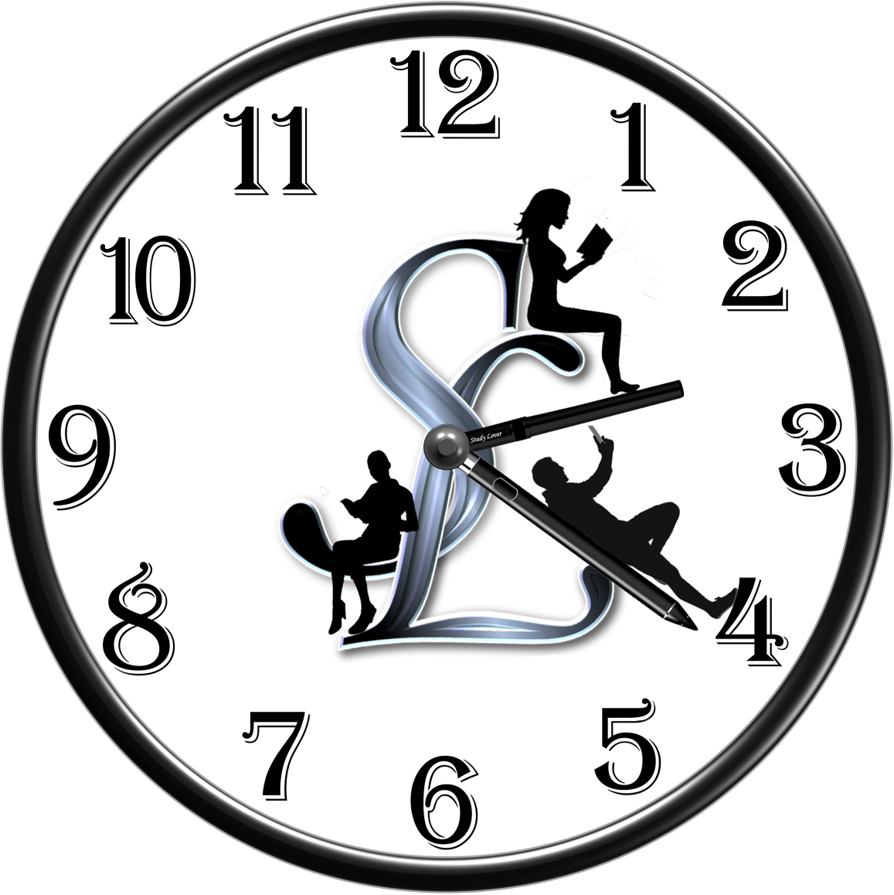Representing an algorithm is the process of documenting its logic in a standardized format before writing the actual code. This helps in planning the program's structure, communicating the logic to others, and debugging potential issues. The two most common methods for representing an algorithm are Pseudocode and Flowcharts.
1. Pseudocode 📝
Pseudocode (a combination of "pseudo" meaning fake, and "code") is an informal, high-level description of an algorithm's logic. It uses the structural conventions of a normal programming language but is intended for human reading rather than machine reading.
· Advantages: It is easy to write, understand, and modify. It is not dependent on any specific programming language.
·
Common
Keywords: READ, WRITE, PRINT, SET, IF-ELSE, FOR, WHILE, START, END.
Examples in Pseudocode
a) Basic: Calculate the Average of Three Numbers
START // Get inputs READ num1, num2, num3 // Perform calculation SET sum = num1 + num2 + num3 SET average = sum / 3 // Display output PRINT averageENDb) Moderate: Find the Largest of Three Numbers
START READ A, B, C // Use nested conditions to find the largest IF A > B THEN IF A > C THEN PRINT A as the largest ELSE PRINT C as the largest ENDIF ELSE IF B > C THEN PRINT B as the largest ELSE PRINT C as the largest ENDIF ENDIFENDc) Advanced: Generate the Fibonacci Series up to 'n' terms
START READ n SET t1 = 0 SET t2 = 1 PRINT "Fibonacci Series:" // Loop n times to generate and print the series FOR i from 1 to n DO PRINT t1 SET nextTerm = t1 + t2 SET t1 = t2 SET t2 = nextTerm ENDFORENDsize=2 width="100%" align=center>
2. Flowcharts 📊
A flowchart is a graphical representation of an algorithm. It uses a set of standard symbols connected by arrows to illustrate the sequence of operations and the flow of control in a program.
· Advantages: Provides a clear visual representation of the program's logic, making it easy to understand and trace.
Standard Flowchart Symbols
|
Name |
Function |
|
Terminal |
Indicates the start or end of the program. |
|
Process |
Represents a calculation or an operation. |
|
Input/Output |
Represents getting data or displaying results. |
|
Decision |
Represents a point where a decision is made, leading to different branches. |
|
Flow Line |
An arrow that connects symbols and shows the direction of flow. |
Examples in Flowcharts
a) Basic:
Calculate the Average of Three Numbers
The flowchart starts with a 'Start' terminal, followed by an input symbol for num1, num2, num3, a process symbol for the calculation, an output
symbol to print the result, and finally an 'End' terminal.
b) Moderate: Find the Largest of Three Numbers This flowchart uses diamond-shaped decision symbols to compare the numbers. Each decision symbol has two exit paths (e.g., 'Yes' and 'No'), creating branches in the flow that lead to the correct output.
c) Advanced: Generate the Fibonacci Series up to 'n' terms This flowchart demonstrates a loop. A flow line from the last process in the loop points back to an earlier point, creating a cycle that repeats until a condition (checked with a decision symbol) is met.
Comparison: Pseudocode vs. Flowchart
|
Feature |
Pseudocode |
Flowchart |
|
Format |
Text-based |
Graphical / Diagram-based |
|
Ease of Creation |
Quick and easy to write |
Can be time-consuming to draw |
|
Ease of Modification |
Simple to edit text |
Requires redrawing symbols and lines |
|
Clarity |
Clear for programming logic |
Excellent for visualizing flow and decisions |
|
Complexity |
Better for complex logic |
Can become cluttered and hard to follow if the logic is very complex |
